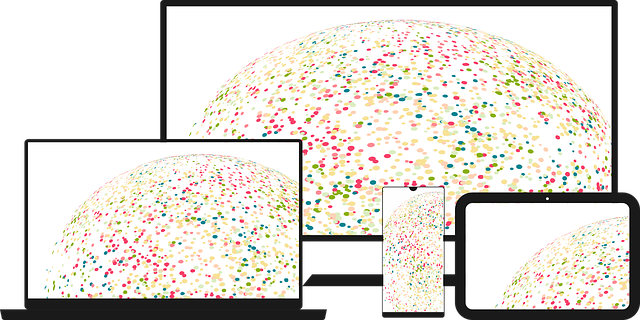In today's digital age, Artificial Intelligence (AI) is transforming long-term rental agreements through AI amenity usage trend analytics. Landlords and property managers leverage this data-driven approach to predict tenant preferences and market demands, enabling them to create competitive lease terms. AI algorithms analyze historical data, social media trends, and news to identify future amenity needs like smart homes or sustainable living spaces. This optimizes space utilization, enhances tenant satisfaction, and boosts occupancy rates. While implementation challenges include smart contract programming, legal frameworks, data privacy, and technical glitches, a balanced approach can streamline processes, reduce errors, and build trust among stakeholders.
“The future of long-term rental agreements is here, driven by the transformative power of Artificial Intelligence (AI). This article explores how AI is revolutionizing lease generation processes. We delve into its role in analyzing tenant amenity usage trends, optimizing lease terms, and creating smart contracts. By harnessing AI capabilities, landlords can enhance efficiency, reduce risks, and offer tailored experiences. However, challenges such as data privacy and ethical considerations must be addressed. Discover the benefits and potential pitfalls of this innovative approach to rental agreements.”
- Understanding AI's Role in Long-Term Rental Agreements
- How Trend Analytics Can Optimize Lease Terms
- Crafting a Smart Contract with AI: Benefits and Challenges
Understanding AI's Role in Long-Term Rental Agreements

In today’s digital era, Artificial Intelligence (AI) is transforming various aspects of our lives, and the real estate industry is no exception. When it comes to long-term rental agreements, AI plays a pivotal role in streamlining processes and enhancing efficiency. By leveraging AI amenity usage trend analytics, landlords and property managers can gain valuable insights into tenant preferences and market demands. This data-driven approach allows for more informed decision-making when crafting lease agreements, ensuring they remain competitive and appealing to potential tenants.
AI algorithms can analyze vast amounts of historical rental data, social media trends, and even news articles to predict future amenity needs and preferences. For instance, understanding the growing demand for smart home technology or sustainable living spaces can influence the inclusion of these features in rental contracts. This proactive approach not only improves tenant satisfaction but also reduces the time and resources spent on negotiation and agreement customization.
How Trend Analytics Can Optimize Lease Terms

In the realm of long-term rental agreements, Trend Analytics powered by AI offers a game-changing approach to optimizing lease terms. By analyzing vast datasets on AI amenity usage, landlords and property managers can gain profound insights into tenant preferences and market trends. This allows them to tailor lease conditions that align with current demands, ensuring maximum occupancy rates and higher satisfaction levels among tenants.
For instance, AI trend analytics might reveal a growing preference for smart home features, green spaces, or specific amenity packages within certain demographics. Armed with these insights, property owners can design rental contracts that incorporate these sought-after amenities, thereby attracting and retaining tenants more effectively. This data-driven approach fosters a dynamic rental market where both parties benefit from terms that reflect the evolving needs and desires of modern renters.
Crafting a Smart Contract with AI: Benefits and Challenges

Crafting a lease agreement with the aid of AI offers both significant benefits and unique challenges in the evolving landscape of long-term rentals. One of the key advantages is the ability to leverage AI trend analytics for amenity usage, enabling landlords and property managers to make data-driven decisions. By analyzing patterns and predicting future needs, AI can help optimize space utilization and enhance tenant satisfaction through tailored amenities. This ensures that properties offer relevant and desirable features, aligning with the preferences of modern renters.
However, integrating AI into lease agreements is not without complexities. Smart contracts, for instance, require meticulous programming to ensure fairness and transparency. Challenges include navigating legal and regulatory frameworks, addressing data privacy concerns related to tenant information, and mitigating potential technical glitches that could impact the agreement’s execution. Balancing these factors demands a careful approach, but successful implementation can streamline rental processes, reduce errors, and foster trust between landlords, tenants, and AI systems.
AI has the potential to transform long-term rental agreements by leveraging trend analytics for optimized lease terms. By understanding tenant behavior through data, AI can facilitate fair and efficient rentals. Crafting smart contracts with AI promises benefits such as reduced human error and increased transparency. However, challenges like data privacy concerns and regulatory hurdles must be addressed. As the use of AI amenity analytics continues to grow, the future of long-term rental agreements looks set for a seamless, technology-driven evolution.
